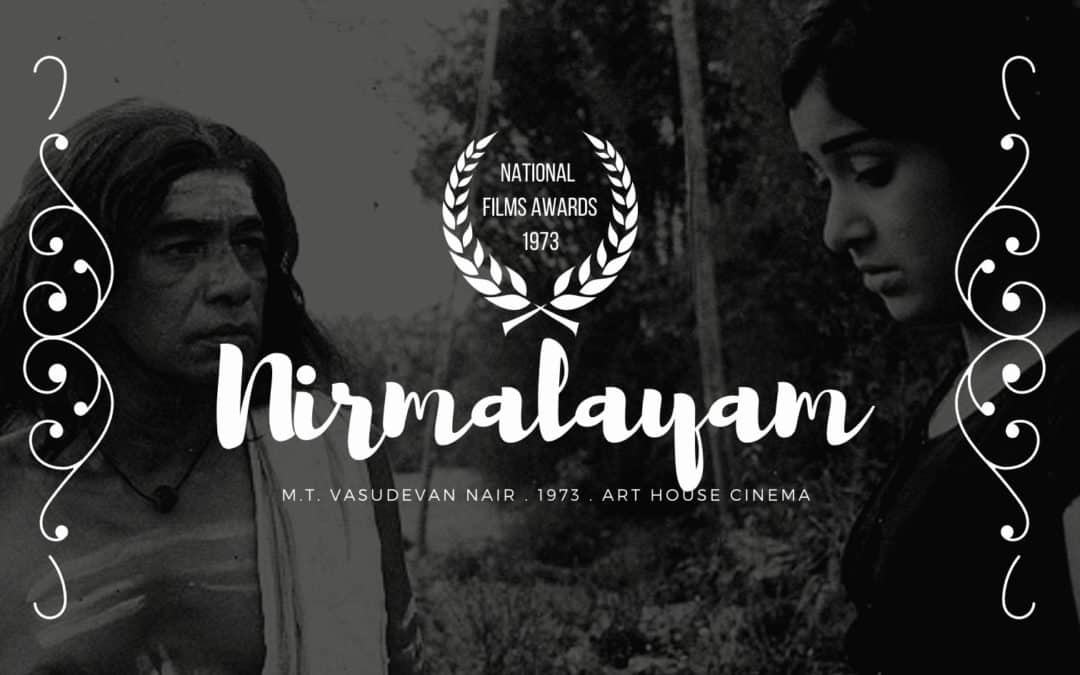Table Of Content
- History and uproar at the Sun-Ray and setting the record straight
- SIX FILM PUNCH CARD
- The best panels at the L.A. Times Festival of Books, according to an L.A. bookseller
- The Best Independent Movie Houses in Los Angeles
- The Nuart Theatre
- The history of art house cinema
- The independent publisher making a business of celebrity book imprints

The story takes place in 1919 during the clashes between the Red Army and the White Army in the Russian Civil War. The film follows various characters on both sides of the conflict, highlighting the senseless violence, betrayals, and the dehumanizing effects of war. The film is known for its portrayal of the post-war evolution of Germany and for using the country’s economic rise as a backdrop to Maria’s personal story. Hanna Schygulla’s performance in the role of Maria Braun has been particularly acclaimed. Set in swinging 1960s London, the film follows the life of a fashion photographer named Thomas, played by David Hemmings. However, as he examines the image and enlarges it, he becomes convinced that he has accidentally captured evidence of a murder.
History and uproar at the Sun-Ray and setting the record straight
The film’s approach to addressing historical and contemporary challenges through a critical and artistic lens has cemented its place as a landmark work in both political cinema and Latin American cultural history. Tarkovsky’s “Solaris” delves into themes of memory, consciousness, and human nature. The film’s deliberate pacing, atmospheric cinematography, and introspective exploration set it apart from traditional science fiction films, focusing on the emotional and psychological experiences of its characters.
SIX FILM PUNCH CARD
Art House Cinema and Pub celebrates grand reopening in Billings - Q2 News
Art House Cinema and Pub celebrates grand reopening in Billings.
Posted: Fri, 17 Nov 2023 08:00:00 GMT [source]
The plot revolves around Marcello’s attempt to marry and assume a “normal” role within society, despite harboring inner secrets and doubts. He is assigned a politically motivated task that takes him to Paris, where he confronts his own ambiguities and vulnerabilities. Set in the 1930s, the film follows the story of Marcello Clerici, played by Jean-Louis Trintignant, a young man who seeks to fit in and conform to the values and expectations of fascist society in Italy.
The best panels at the L.A. Times Festival of Books, according to an L.A. bookseller
“Tokyo Story” remains a timeless exploration of human relationships and a testament to the power of cinema to capture the profound in the ordinary. “Ran” is considered one of Akira Kurosawa’s masterpieces and a landmark in world cinema. It showcases his ability to blend traditional Japanese storytelling with universal themes and resonant characters. The film’s exploration of the destructive nature of unchecked ambition and the futility of violence has made it a timeless and compelling work of art. The history of cinema, in particular that of arthouse cinema, is a complex history like that of the other Arts and more generally like the history of humanity. It has been subject to many pitfalls, misleading ways of thinking, as well as being full of creativity and genius.
The Best Independent Movie Houses in Los Angeles
Fellini uses Marcello’s journey as a lens to explore the societal changes and moral dilemmas of post-war Italy. The film delves into themes of existentialism, alienation, celebrity culture, and the search for authentic human connections. The title itself reflects this juxtaposition between the allure of the extravagant lifestyle and the existential emptiness that Marcello and many of the characters experience. “The Seventh Seal” is an example of auteur cinema that stands out for its conceptual depth, visual style, and how it addresses universal existential themes. The film has influenced numerous directors and left a lasting imprint on the history of cinema, contributing to the elevation of Swedish cinema and Bergman to international recognition. There is today a great confusion about what arthouse films are, a discussion that has been going on for more than a century.
25 Best Arthouse Movies of All Time, Ranked - Collider
25 Best Arthouse Movies of All Time, Ranked.
Posted: Mon, 22 Jan 2024 08:00:00 GMT [source]
Immediately you find a multitude of people ready to say that times are changing that we must accept the evolution of things. The truth is that if governments and the media had promoted true arthouse cinema over the decades we would now have a completely different, more aware society. Because this is precisely the function of art, and cinema, done in a certain way, is art. Jean Luc Godard is perhaps today the last of the true innovators of cinematographic art.
Jessica Ferri, owner of Womb House Books, shares the panels she’s most excited about at the 2024 Festival of Books
Being immersed in a darkened room full of people, shuffling in their seats, gently rummaging around a popcorn box and experiencing art together, will never die. But the theater, owned by Oscar-winning director Quinten Tarantino, goes a step further when it comes to honoring cinematic history by ensuring you’ll only ever watch films in 35mm. Not much has changed since Tarantino took over (including the prices) and to add to that, you may just get to watch something from his private collection. The film is often regarded as a masterpiece of Soviet and world cinema, reflecting Tarkovsky’s signature style of visual storytelling and philosophical depth. “Solaris” challenges viewers to contemplate the nature of reality, the boundaries of human understanding, and the complexity of human emotions. “Blow-Up” was well-received by audiences and critics alike for its experimental approach to storytelling and its portrayal of the cultural shifts of the 1960s.
With two large auditoriums screening the latest and greatest independent films, Opera Plaza Cinema is a no-brainer for your next arthouse binge. Additionally, the theater is within close distance to San Francisco’s Civic Center, Davies Symphony Hall, and City Hall if you’re in the mood for a bit of sightseeing before the show. As arthouse cinema continues to influence the broader film industry, we’re reminded of its significant role in shaping innovative storytelling. By choosing to engage with arthouse films, we’re not just passively consuming content; we’re actively expanding our cinematic horizons. With the rise of independent film festivals and digital distribution, art films gain more visibility and continue to redefine the cinematic landscape.
It is part of a genre known as “model opera films,” which aimed to promote the values and ideals of the Communist Party while also portraying engaging narratives. “Two Stage Sisters” provides a vivid depiction of the Peking opera tradition, showcasing elaborate performances and highlighting the dedication and sacrifices made by artists in their pursuit of excellence. The film also delves into the political landscape of the time, including the impact of the Chinese Civil War and the Cultural Revolution on the lives of the characters. Set against the backdrop of political upheavals, societal changes, and warfare, the film follows their individual struggles and personal growth as they navigate the challenges of pursuing their artistic dreams. “The Spring River Flows East” (also known as “Tianyunshan chuanqi”) is a two-part Chinese film released in 1947, directed by Cai Chusheng and Zheng Junli. This epic melodrama is considered a classic of Chinese cinema and is renowned for its sweeping narrative, emotional depth, and depiction of the turbulent times in China during the late 1930s and early 1940s.

“The Marriage of Maria Braun” is an example of Fassbinder’s approach to addressing social and political themes through personal narratives. The film explores the complexities of human relationships in a context of historical turbulence and reflects on how people seek to adapt and survive in difficult circumstances. The film’s title “Kagaz Ke Phool” translates to “Paper Flowers.” The story follows the life of Suresh Sinha (played by Guru Dutt), a successful film director whose career is on the decline.
The film’s iconic scenes, witty dialogue, and the chemistry between Gassman and Trintignant contribute to its enduring popularity. It’s considered a reflection of the Italian “dolce vita” lifestyle, characterized by a pursuit of pleasure and freedom. The film’s controversial nature has made it the subject of extensive debate and criticism. It was banned in several countries and has been the center of discussions about artistic freedom, censorship, and the boundaries of cinema.
If you want to expand your mind beyond it's limits and truly experience something unlike anything before, this is the ultimate.
As one of the earliest surviving Chinese silent films, “Plunder of Peach and Plum” holds historical and cultural significance. It offers a glimpse into the filmmaking techniques and storytelling methods of its time and remains a testament to the evolution of Chinese cinema during its formative years. The film’s themes and its portrayal of a woman’s resilience in the face of adversity have made “The Goddess” an enduring classic. It remains a testament to the power of cinema to shed light on societal injustices and to portray complex human experiences. The film’s significance in the history of Chinese cinema and its contribution to discussions about gender and social inequality continue to be acknowledged and celebrated.
The film’s two parts, “Eight War-Torn Years” and “Sowing the Seeds,” cover different periods of history and showcase the characters’ journeys through various hardships and life changes. The storylines are interwoven with broader historical events, providing a sense of the societal context in which the characters’ lives unfold. This film has left a lasting imprint on the history of cinema and helped solidify Fellini’s reputation as one of the great directors of his time. “La Strada” stands as an example of auteur cinema that transcends linguistic and cultural barriers, touching the emotional chords of an international audience with its universal story of hope and humanity. Although the film did not achieve significant box office success upon its release, it has been reevaluated over the years and is widely regarded as one of Kubrick’s masterpieces.
The title “Sahib Bibi Aur Ghulam” translates to “Master, Mistress, and Servant” and reflects the three central characters. Bimal Roy’s direction, along with the performances of the cast, contributed to the film’s success. The film won several awards, including several Filmfare Awards, and has left a lasting impact on Indian cinema. The film is celebrated for its unique blend of romance, drama, and elements of the supernatural. “Awaara” achieved both critical and commercial success and became a significant cultural phenomenon.

No comments:
Post a Comment